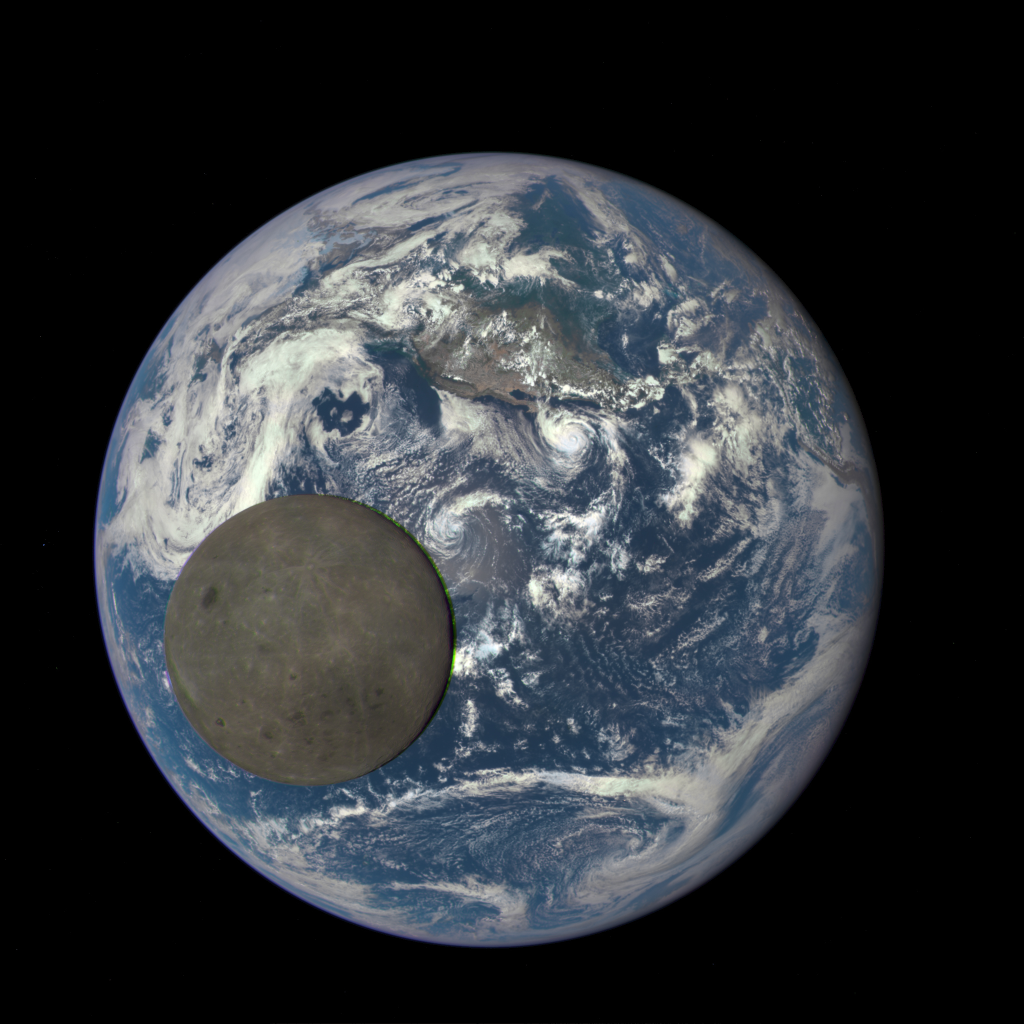Introduction: The Moon and Its Impact on Earth
NASA scientists recently released a study that highlights a significant concern for the future: a wobble in the Moon’s orbit could cause record-breaking floods in the 2030s. This wobble, which occurs every 18.6 years, isn’t new, but its effects could be more dangerous when combined with rising sea levels due to climate change. Here’s what you need to know.

What is the Moon’s Wobble?
The Moon’s orbit around Earth is not a perfect circle, and it undergoes a regular wobble that changes the Moon’s gravitational pull on Earth’s oceans. This wobble has two phases: one where tides are suppressed (lower high tides and higher low tides) and one where tides are amplified (higher high tides and lower low tides). The upcoming tide-amplifying phase, set to begin in the mid-2030s, could have severe consequences when paired with the rising sea levels we’re experiencing.

Rising Sea Levels: A Growing Concern
As the planet warms, ice caps and glaciers are melting, contributing to a steady rise in sea levels. Since 1880, global sea levels have risen by about 8 to 9 inches, with a third of that rise occurring in just the last 25 years. By the 2030s, sea levels will have risen even further, which means that the amplified tides caused by the Moon’s wobble could lead to frequent and severe coastal flooding.

Flooding: A Real Threat to Coastal Areas
NASA’s study predicts that during the 2030s, U.S. coastal areas will experience a surge in high-tide floods. These floods, sometimes called “nuisance floods,” occur during high tides and are expected to become much more frequent. Coastal cities that currently experience only a few high-tide floods each year might see these events happening dozens of times per year. This could have devastating impacts on infrastructure, businesses, and public health.

Why the 2030s?
The mid-2030s mark the next phase in the Moon’s 18.6-year cycle when its gravitational pull will amplify the already rising tides. During this period, high tides will be higher than ever before due to the combined effect of the Moon’s wobble and the elevated sea levels. According to the study, this could turn what are currently considered minor floods into major disruptions for coastal communities.

NASA’s Warning: Prepare Now
NASA’s findings are a call to action for coastal cities. The anticipated increase in flooding could disrupt daily life, damage property, and create public health crises. NASA scientists and urban planners stress the importance of preparing for these changes now, by improving flood defenses, updating infrastructure, and raising public awareness.

How Scientists Made These Predictions
To make these predictions, scientists from NASA and the University of Hawaii studied data from 89 tide gauge locations across the U.S. They combined this data with sea level rise scenarios, astronomical cycles, and other environmental factors to create a model predicting future flood risks. Their findings suggest that the 2030s will be a critical period for coastal flooding in the U.S.

The Broader Impact of Nuisance Floods
While nuisance floods may not cause immediate catastrophic damage, their accumulated impact over time can be significant. Businesses may struggle to operate with frequent parking lot flooding, and repeated water intrusion could lead to serious public health issues. This makes understanding and preparing for these floods crucial for maintaining the safety and stability of coastal communities.

What Can We Do?
There are steps that individuals and communities can take to mitigate the impact of future flooding. These include supporting local and national efforts to reduce greenhouse gas emissions, advocating for improved infrastructure, and staying informed about flood risks in their area. Personal preparedness, such as having an emergency plan, can also make a big difference.

Conclusion: Looking to the Future
NASA’s study underscores the importance of being proactive in the face of environmental changes. The combination of the Moon’s wobble and rising sea levels in the 2030s presents a clear threat to coastal communities. By taking action now, we can reduce the potential damage and protect our homes, businesses, and health from the increased flooding risks that lie ahead.
Sources: (NASA) (NASA Jet Propulsion Laboratory (JPL)) (Smithsonian Magazine) (livescience.com).





